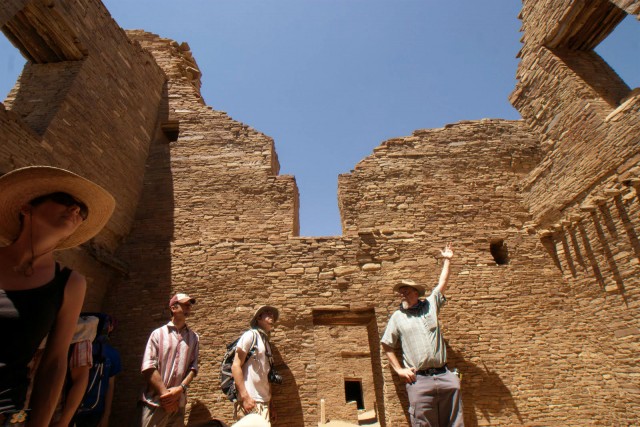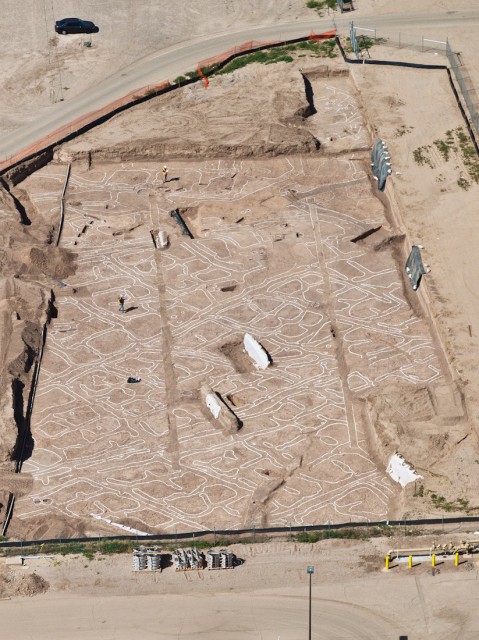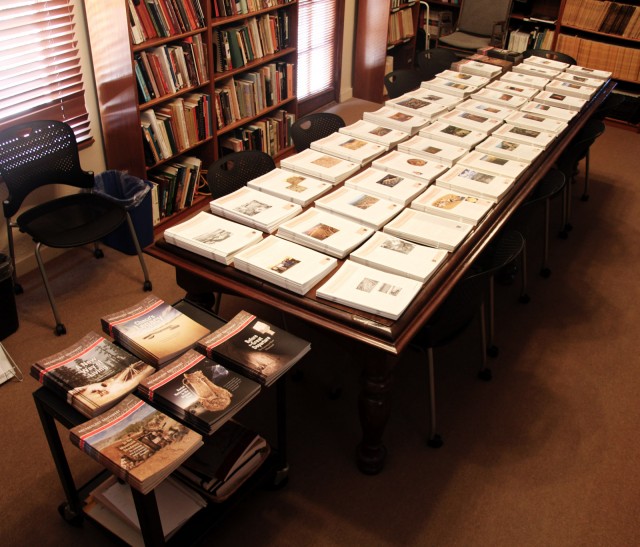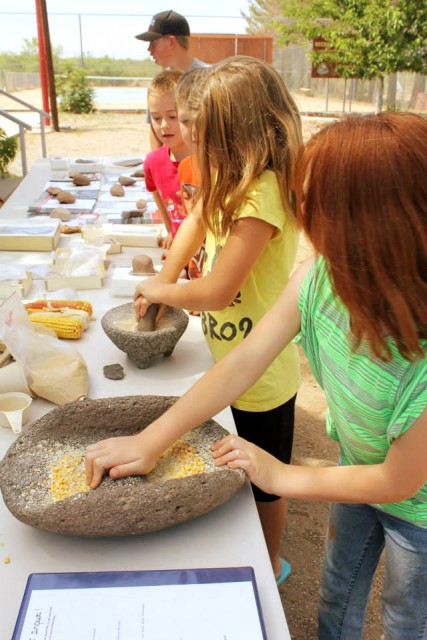- Home
- >
- Preservation Archaeology Blog
- >
- What Is Public Archaeology?

May 12, 2015—Scott Michlin welcomed me back to his morning radio program in March (listen here).
We discussed the realm of public archaeology. “Public,” in this case, refers to the funding stream and to the nature of the work completed.

The initiation of publicly funded archaeology on a large scale occurred roughly 60 years ago, as numerous water-storage projects went forward. Much of the archaeological work that occurred during this era can be described as “salvage” work, with archaeologists working on sites directly in front of crews bulldozing areas.
Through time, salvage archaeology became less and less common, as agencies and developers planned better and involved archaeologists earlier in project planning.
Today’s cultural resource management (CRM) puts archaeologists into the field well in advance of ground-disturbing projects, and it allows for avoidance of significant resources in most cases. Sometimes, it is not feasible to avoid sites, and excavations are necessary to recover data prior to construction activities.

Another aspect of public archaeology that Archaeology Southwest actively practices is public outreach. We work hard to keep the public informed about different aspects of the research and preservation activities that we’re undertaking, as well as sharing some of what the profession is learning as a result of CRM projects.
One thought on “What Is Public Archaeology?”
Comments are closed.
Explore the News
-
Join Today
Keep up with the latest discoveries in southwestern archaeology. Join today, and receive Archaeology Southwest Magazine, among other member benefits.


I love this! The point being that Public Archeology is multifaceted and that Paul Reed is talking about it still. I love the wording “Public in this case” and “another aspect of” public archeology is…. so many people even PhD’s tend to lean on a single definition or ideal. Thanks for sharing this piece and your radio show endeavors.